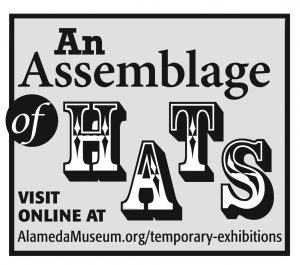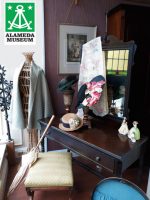
Temporary Exhibition of a selection from the museum’s Hat Collection.
Date: From July 30 to August 23 (last day).
This is a window exhibition while we are closed to comply with COVID-19 precautionary measures.
There are three areas:
- The history / background area; showing
- a selection of different periods in women’s hats
- materials
- related information
- Men’s hats area
- Women’s display hats area
Materials
Hats were made of all available materials. Fabric, especially wool or fur felt – compressed and matted fibers – which was dense enough to ward off rain; silk for its wonderful shine, and fur, both for the look and for warmth. Straw for the ability to stay in shape and for lightness. But also horsehair was used.
Men’s hats – especially top hats – were originally created from beaver felt. Much of the Europeans early exploration of Canada was based on the hunt for beaver fur. The hairs close to the body were especially good for felting. A fur that had been slept on by Native Americans was especially valuable since the outer hairs would already have been broken off!
Luckily for the beaver population, by 1860 the fashion changed to favor silk for top hats.
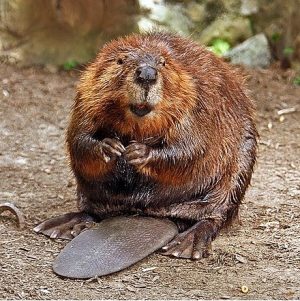
Decorations
Over time, ladies’ hat decorations went from basic, with just a simple touch of lace or a band around the crown, an interesting fold in the fabric, and ribbons to tie under the chin, to outrageous, with flowers from silk or velvet or feathers, to ostrich plumes, pheasant feathers, to even parts of animals.
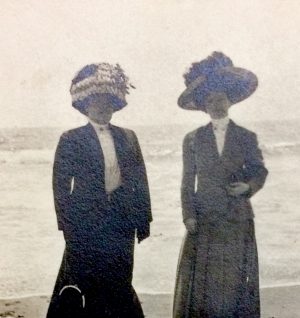
A photo from the Petry family album, on the beach near the Cliff House, San Francisco.

L’Ambitieuse, a painting by James Tissot, shows a woman wearing pink and red ostrich feathers.
Feathers:
Ostrich: The ostrich is a large flightless bird from Africa.
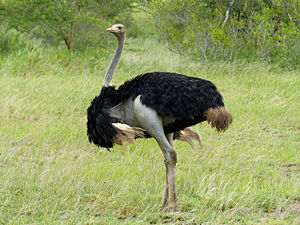
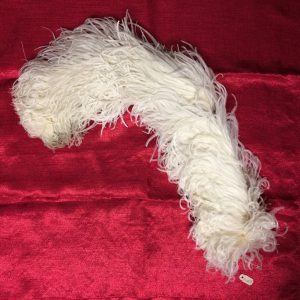

[Photo credit: Rachel Bush]
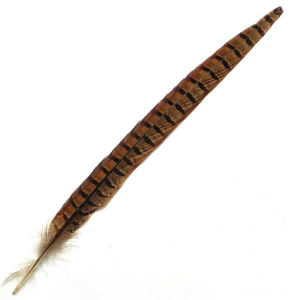


While hat fashioned changed over time clearly some hats would take off like a balloon even the slightest breeze. Thus: Hatpins. They varied from the subtle and hidden to outrageous.
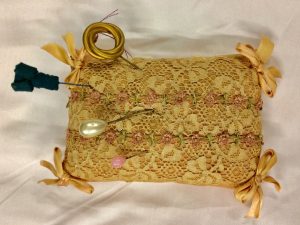
From the collection of Carol Heche.
Pin cushion
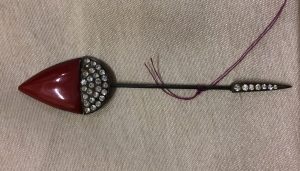
Hat pin in art deco style with red Bakelite acorn-shaped head with inset Rhinestones.
Profession
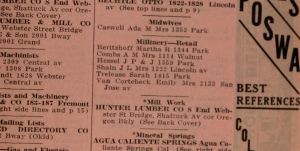
[1915 Husted’s Oakland, Berkeley, and Alameda Directory – classifieds section]
A women’s hat maker was called a milliner. Origin of the word: late Middle English (originally in the sense ‘native of Milan’, later ‘a vender of fancy goods from Milan’). Man’s hat makers were called hatters.
To make hats, the hat maker needed to work with sharp objects, dyes, and chemical preservatives, including mercury. Workers in the hat making profession often developed mercury poisoning, which resulted in symptoms ranging from loss of hearing, eyesight, teeth, and nails, to early-onset dementia. This was used by the writer Lewis Caroll to create his persona of the hatter, in ‘Alice’s Adventures in Wonderland’ (1865).
While many hats were bought at a milliner, an old hat could be made fashionable again by a creative woman. Many women had a cache of ribbons, feathers, and flowers.
Alameda residents
The following Alameda residents are featured or mentioned, or have contributed objects on display in the exhibit:
- Calpestri family.
Mrs. Calpestri Craig came to Alameda in the early 20th century. Her sons are architects and builders in town. - Carrington family.
Polly and Bert Carrington were longtime residents of the Fernside district. Mr. Carrington was involved in many civic activities in the city. - GA Christensen.
Dr. Gustavous A. Christensen’s parents were from Norway, and were among the first gold-rush era settlers; G. A. Christensen was born in Alameda in 1855. He became a physician and lived in Alameda but did not practice here. He died in 1917. - Dyer family.
Dorothy and Jack Dyer lived on Chestnut Street. Jack attended local schools and graduated from Alameda High School. - Harrison Fisher

The pictures on the dividing screen are reproductions of work by the illustrator Harrison Fisher, who spent his early years in Alameda. The family moved to Alameda from New York in 1886, and father Hugo opened a studio in San Francisco. Harrison Fisher became a popular illustrator; among other things, he worked for the New York Journal, Puck magazine hired him as a cartoonist and he was a top cover artist for Cosmopolitan. He is known especially for his illustrations of idealized women; healthy, intelligent, independent, hardworking. And of course, beautiful. - Haslett family
A few hats came from the collection of the Haslett family. They were early residents of Alameda. One member of the family, Oliver Haslett, owned the high-wheel bicycle now in the museum collection. - Carol Heche and Elizabeth Chipman Tripp.
Many of the hats in the museum’s collection were originally in the collection of Carol Heche. Carol Tripp was the granddaughter of William Worthington Chipman, who, with his partner Gideon Aughinbaugh, founded Alameda. She first married Roscoe B. Hamilton, and after his death, married Arthur Heche. Elizabeth Tripp was Wm W. Chipman’s eldest daughter. - Keane family
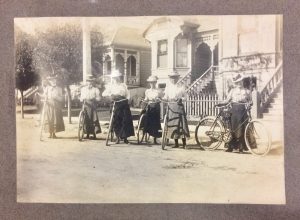
This picture is from the photo album of the Keane family of Morton Street. There were no captions in the album, but likely one of the family members is among the riders, and possibly the street is Morton Street. The picture shows the type of hat women wore for a bike ride around town. A hat used like that is listed among the women’s hats. - Petry family.
The pictures from the photo album (c. 1900) of the Petry family of Alameda, on a day trip in San Francisco, show off the large hats that the women wore.

- Stone family.
The Stone family operated a boat yard in Alameda, the Stone Boat Yard. - Thomas family.
Included Elizabeth Thomas, China painter, of Caroline Street.
Hats
-
- Men’s hats
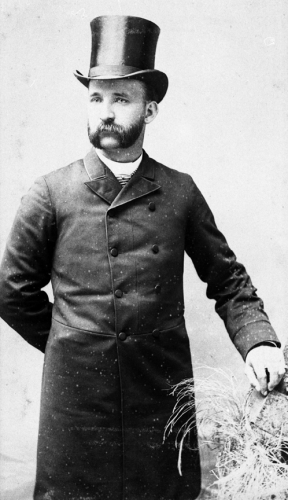
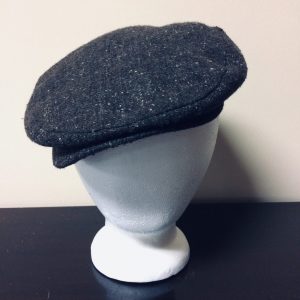

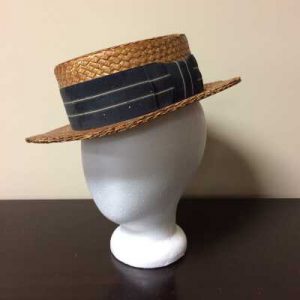
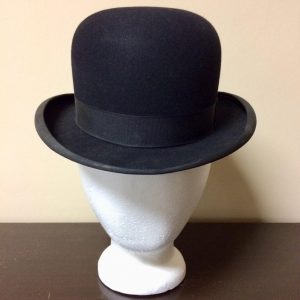


Ladies’ hats
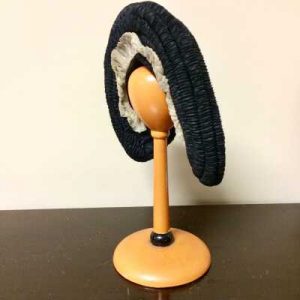




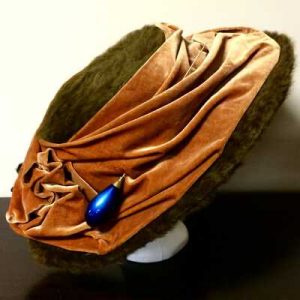
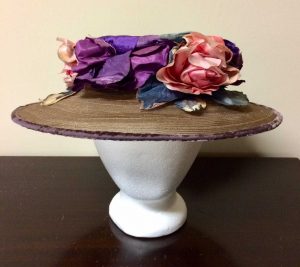

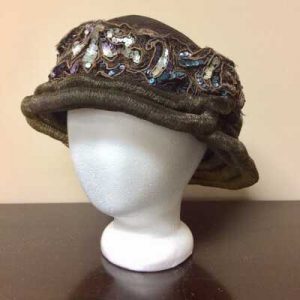
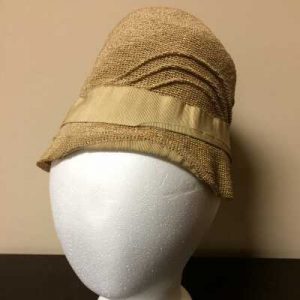


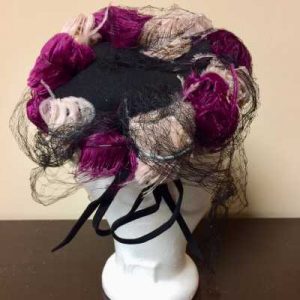
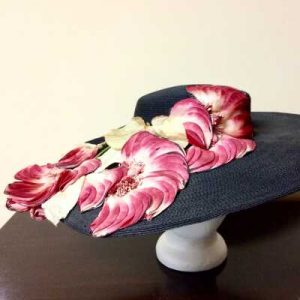
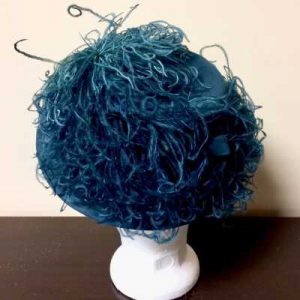

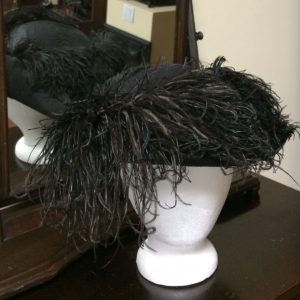
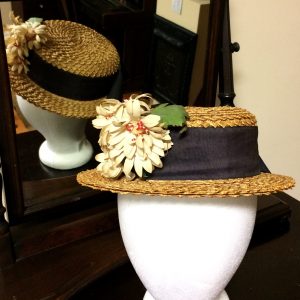
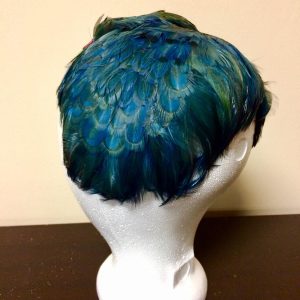
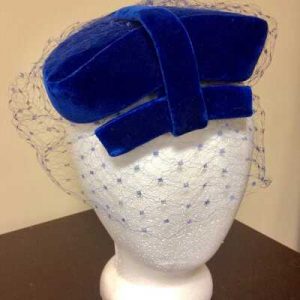
Kid’s Quiz:
Which of these animals are not native to California?
Which do not live in California? Alameda?




Identify the feathers



_______________________ feather ; _______________________ feather ; _______________________ feather
How many hatpins did you see in the exhibit?
What is the oldest hat in the exhibit?
Which of these hats is made of straw?
 – A –
– A –  – B –
– B –  – C –
– C –
Which of these hats is made of horsehair?
 – A –
– A –  – B –
– B –  – C –
– C –
What is a milliner?
What is felt?
What made the hatter in Alice in Wonderland go mad?
Who were the founders of Alameda?

